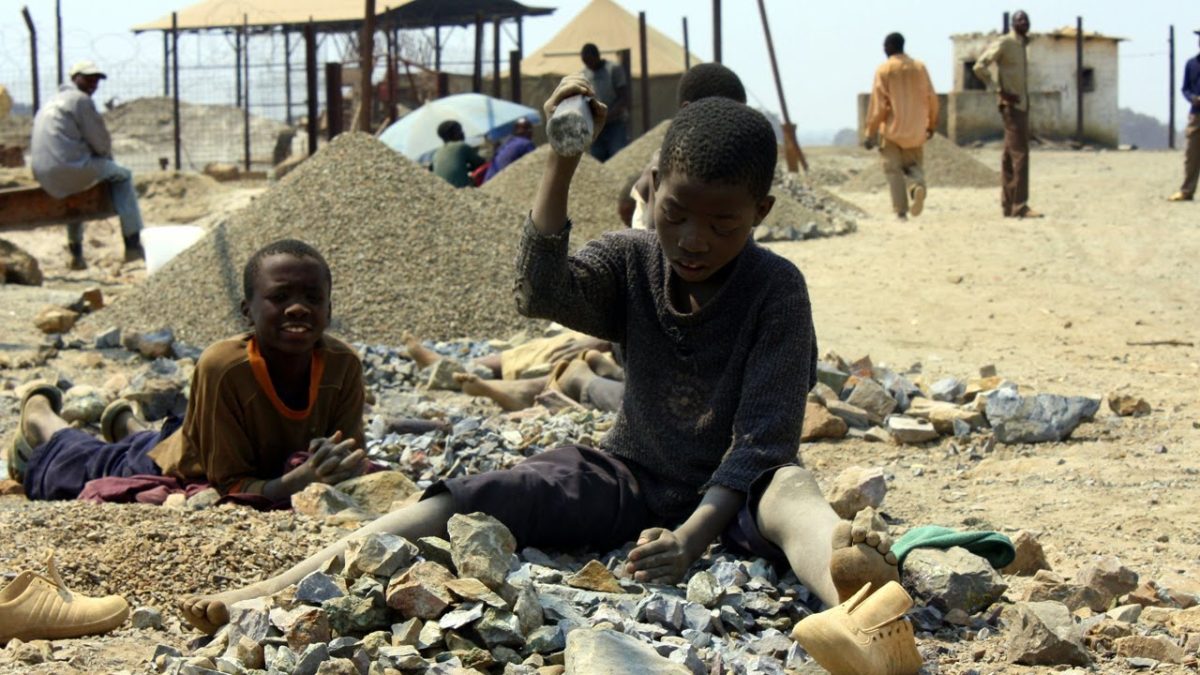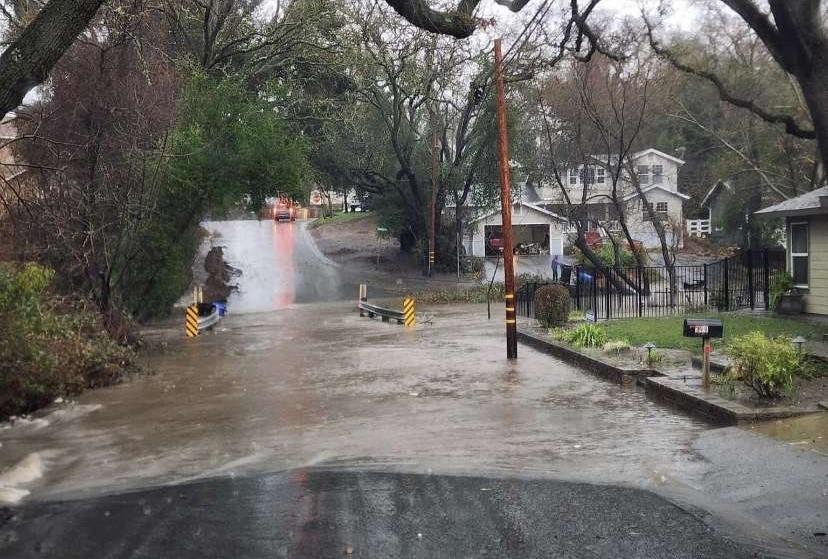Increased rainfall is helping and harming California
The rain has finally come, relieving large portions of California from the five year drought. California was slammed with a series of heavy rainstorms at the start of the 2017 season, and more rain is still to come, according to the Huffington Post.
Within the first few months of the season, California received 20 inches of rain and up to 20 feet of snow, putting many areas of California out of a “dangerous” drought.
California has experienced a series of “atmospheric rivers,” which is a change in atmospheric pressure that causes heavy amounts of rainfall, according to the Earth System Research Laboratory. Atmospheric rivers can bring tropical weather from areas like Hawaii to the West Coast, bringing warm, heavy rainstorms also known as a “Pineapple Express.”
 Though many parts of California have benefited, the rain storms have caused considerable dam, road, and structural damage statewide.
Though many parts of California have benefited, the rain storms have caused considerable dam, road, and structural damage statewide.
The most publicized damage ran nationally on Feb. 11, where heavy rains caused Lake Oroville to overflow onto an “unlined, emergency spillway”, forcing the evacuation of 188,000 people from towns that were downstream from the dam. Crews worked rigorously to slow water that poured out of the dam at 100,000 cubic feet per second. Officials continue to fear that if the dam does break, it could cause a “30 foot wall of water.” Current repairs to the dam are estimated to cost $200 million, according to KQED, and are important to prevent dam failure and floods to the Sacramento area. The Hyatt Powerplant at the base of the dam, was also closed during the emergency, but is now running according to Fox40.
California is no longer in the red zone for droughts. But the KPBS Drought Tracker shows a large percentage of the state remains in a moderate condition. In a rain season last from October first to April first, large portions of California have received nearly 96% of that of a normal season. At the start of Spring, the first week was stormy in the bay area, with “winter-like” rain according to KQED. “Major impacts will be urban flooding, and it will probably trigger some mudslides.”said Steve Anderson, who is a meteorologist at the National Weather Service’s office in Monterey.
Southern California has been pinned in a 5-year-drought; and this season’s shift to a more plentiful rain season will in the future help California return to a more stable condition.













